Issue 6 Flipbook
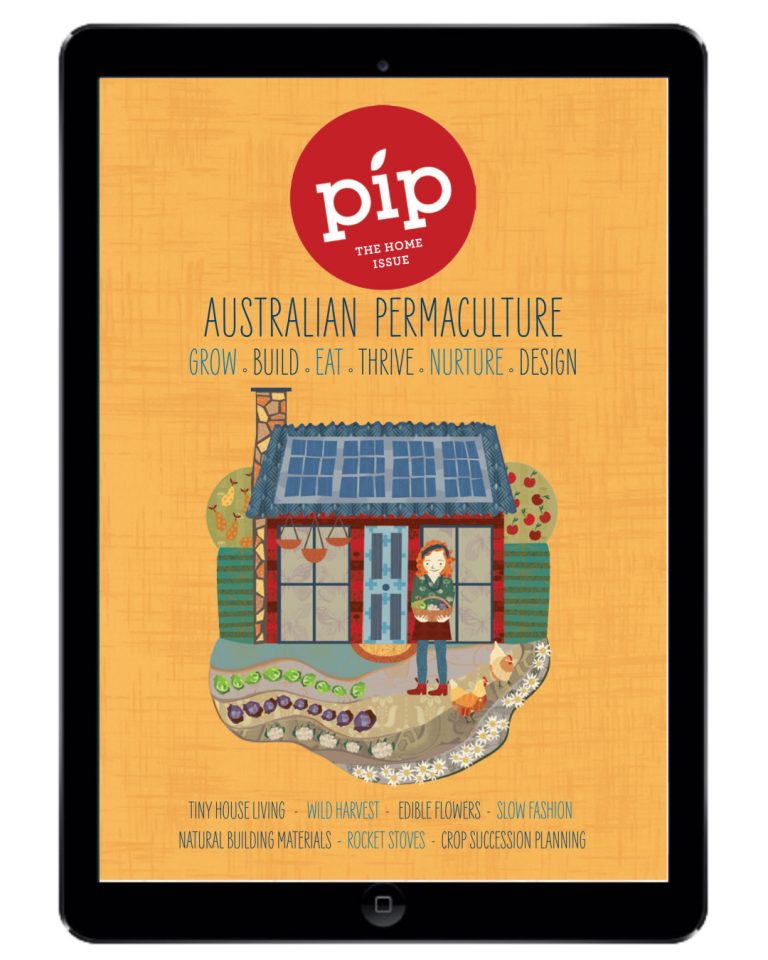
Read issue 6 as a flipbook

Read issue 6 as a flipbook
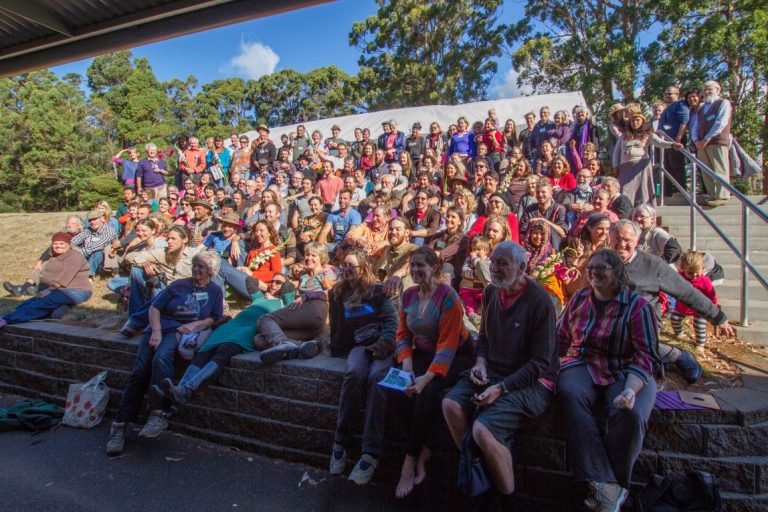
To place your event here, email hello@pipmagazine.com.au
STUDY PERMACULTURE IN 2017 AT CQUNIVERSITY
Australia’s Graduate Certificate in Permaculture Design at CQUniversity provides practical responses to the growing global need to adapt sustainably to social and environmental changes.
The first of its kind in the world, the graduate certificate provides benefits such as the flexibility to study by distance education with residential schools hosted by industry partners offering practical learning experiences.
Applications are open in August for commencement in Term 1, 2017.
Visit www.cqu.edu.au to enrol. For more information, contact Dr Keri Chiveralls, at k.chiveralls@cqu.edu.au.
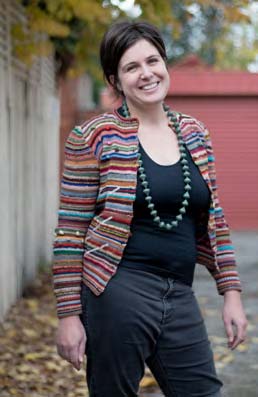
The slow movements’ gradual transformation of every facet of our lives has (unhurriedly) extended itself to the rabid international fast-fashion industry. While the idea of ‘fashion’ might seem frivolous to those of us who walk the path of permaculture, the way we clad ourselves can have a very alarming environmental impact, and one which we often overlook while we’re busy in the garden, smelling the rosemary.
If you own clothes, then you are almost certainly a participant in the fast-fashion industry. Open your wardrobe. Have a really good look. Who made your clothes, socks and undies? What are they made of? Where did you get them? How long have you owned them? When will you replace them? And where will they go when you’re done with them?
Fashion – though the word might make you cringe – is something we all participate in, one way or another, on a daily basis. Clothes are our wrappers: they tell the world who we are, and carry their very own cultural and personal identity baggage. They can tell us much about class, status, occupation, wellbeing and culture, so it’s no wonder we’ve been coerced, collectively, into the trillion dollar fast-fashion industry, ever striving to perfect the image of ourselves we wish to project to the world.
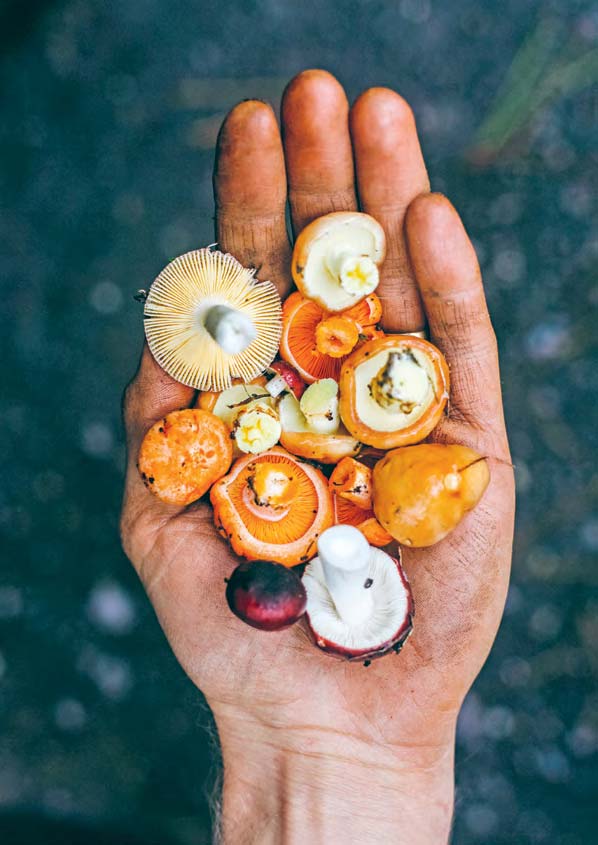
Eka is an urban forager. She wants to show people how they can maintain a normal lifestyle with a nine-to-five job and still lead a secret life as a forager.
Can you describe the foods you harvest from the ‘wild’ and how you do it?
I am lucky to live in Melbourne’s northern suburbs (aka the European fruit forest), and I mainly forage for fruit as it’s an easy and ubiquitous target. I follow the ‘if it’s facing the footpath it’s yours’ rule: as a tree grower myself, I expect anything facing the street to be picked. In summer/autumn most of my fruit was supplied by the neighbourhood: figs, prickly pears, mulberries, grapes, apples, pears and lemons. Another good rule is to ask the grower. Usually people are happy to share.
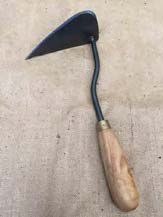
Unlike western gardening tools, the Aussie Ho Mi is an ergonomic hand-held hoe which uses a more comfortable and natural action and is based on a traditional Korean design.
This tool is lightweight and perfectly balanced. It rotates easily in the hand from the sharp pointed working edge, to the equally sharp wide edge. Dig, weed, cultivate, ridge, plant, scalp–this tool will do everything. Once you start to use it, you will find yourself hooked!
Handcrafted in Australia by artisan tool makers F.D Ryan, the Aussie Ho Mi is made from high carbon steel, heat-treated for maximum strength and sharpened to a knife edge. With care, your Ho Mi will last a lifetime.
Available on the Pip website.
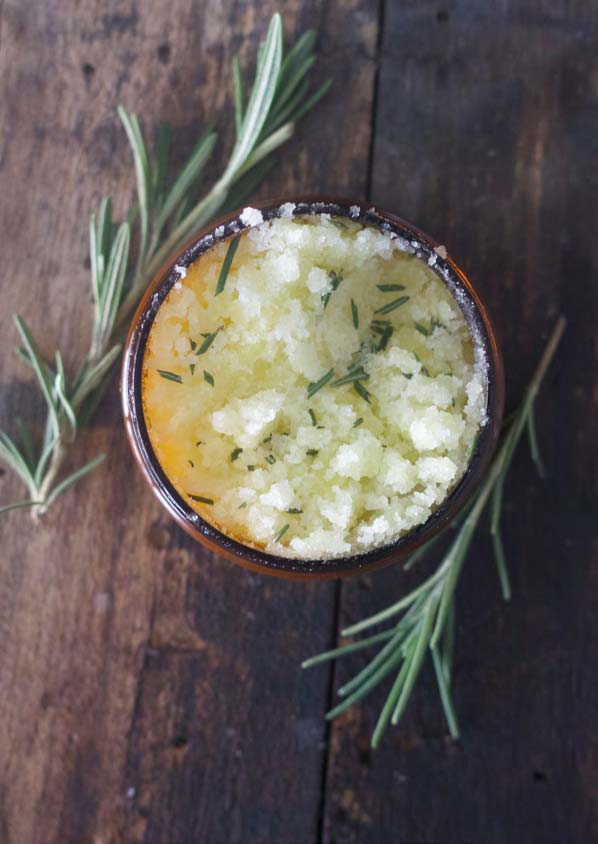
The perfect scrub for gardeners, crafters and anyone whose hands get rough treatment and need a good scrubbing.
MAKES: 1 x 250 g jar APPROXIMATE SHELF LIFE: three months
INGREDIENTS
1 cup of caster sugar, or salt for a coarser scrub
zest of 1 lemon

Western societies have been enthralled by technology since the beginning of the industrial revolution. From mechanised looms to 3D printers, technology has lifted people out of poverty, increased life expectancy, freed us from menial work, reduced pain and suffering, and helped us to see the world in new and illuminating ways. However, technology is a two-edged sword, for it has also brought pollution, extinctions, an exploding human population, unemployment and, of course, the warming of our planet.
SLOW TECHNOLOGY
A permaculture approach to technology is more like the ‘slow food’ movement than the high-tech, cutting edge of modern industry. It is technology that works for us, not enslaving us to it. It is technology that connects us to our place and community. It is beautiful and enhances our lives. It is more like a long, slow lunch with friends than a drive-through takeaway.

Eight years ago we bought a dilapidated 1940s Californian bungalow in Melbourne’s inner northern suburbs. It was in a semi-derelict state, had a heritage overlay and flood level restrictions, and was on a long, narrow block. However, the site was extremely special, and backed onto the Merri Creek wildlife corridor.
The real value for us was not in the bricks and mortar, but in the proximity of the majestic gum trees, running water and the deep buffer of native vegetation on either side of the creek, creating a nature sanctuary in an urban environment. We began thinking about our home as part of a permaculture system that would integrate the built, interior and biological environments. I wanted to create an urban existence for my family that allowed us to connect with nature and our local community on a daily basis.
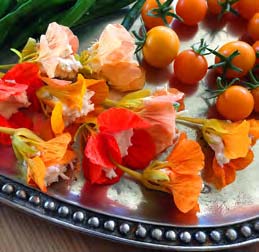
Anyone interested in edible gardening tends to grow vegetables, but have you ever considered growing edible flowers?
When you start looking into which flowers are edible, it is surprising to find that most gardeners have at least one variety of edible flower growing in their garden. The wonderful thing about growing flowers for food is that it gives you a good reason to take up growing space with them. Ideally our gardens are filled not only with vegetables and greens, but also flowers for us and the bees.
There are many varieties of edible flowers, but these top five are easy to grow, and perform well. Flowers can stay fresh for hours after picking – but avoid the heat of the day, and place the stems in water until you use them.
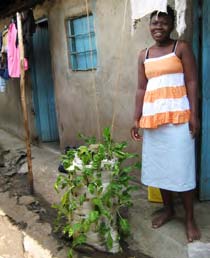
Never Ending Food is a permaculture demonstration and education organisation working to help address malnutrition holistically, improve children’s access to healthy food and promote food sovereignty. It’s led by Stacia Nordin (a dietician) and Kristof Nordin (a social worker) who have been in Malawi since 1997.
Photos courtesy of projects
The Nordins moved to Malawi to help with HIV prevention through the US Peace Corps. They learned quickly that to address malnutrition they would need to improve the quality and diversity of food, and to do that they needed to improve soil fertility. That’s when they came across permaculture. They now help to teach permaculture across Malawi, supporting communities and schools to set up abundant and sustainable food systems. Their own house is a demonstration plot, where people can visit to learn about their approach. The Nordins believe that permaculture has great potential to benefit nutrition and health, increase income potential and make a significant difference to living conditions.
Given Malawi’s year-round growing season, access to water and large genetic base of local food crops, the local people have seen how permaculture can help to create abundant gardens with a diversity of food. And how permaculture farmers have, on average, better food security, a more diverse diet and higher crop yield than conventional farmers. By making simple and affordable improvements to family farms, Malawian families can increase their overall household food security significantly.